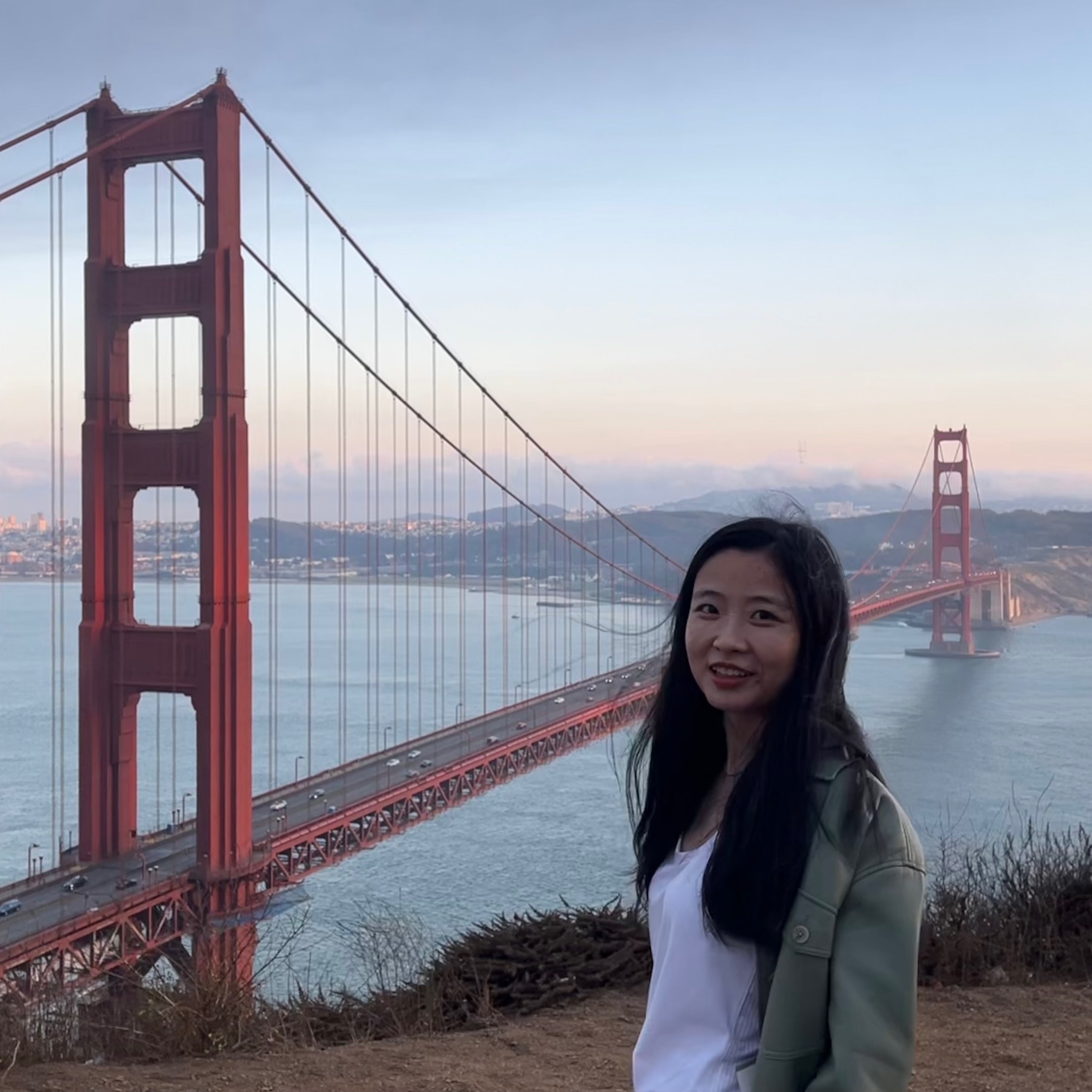
Dr. Yan Jiang
Postdoc Scholar
University of Washington
Securing the Cyber-Physical Energy Systems for Sustainability
Driven by the need to decarbonize our economy, conventional fossil-fuel-based generation is being
phased out by inverter-interfaced renewable energy resources and multiple sectors are being electrified.
These efforts can reduce rotating mechanical inertia and increase uncertainty in demand and supply,
which render power systems more prone to instability. To address this issue, my research aims to
understand how cyber-physical renewable energy systems work at the basic level so that
optimal controllers and scalable algorithms can be developed to secure a sustainable energy
future.
To handle the instability caused by low inertia. I proposed dynam-i-c droop control (iDroop) and
shaping control for inverters to shape power grid dynamics nicely, such that a grid with renewable
integration becomes more stable and resilient. The proposed controller can be implemented in both
grid-following and grid-forming modes to guarantee grid stability in various renewable integration
levels.
To handle the uncertainties in grid operating conditions, I designed a stable reinforcement learning
optimal controller to minimize the economic operation costs while adhering to the physical stability
constraints. To do this, I identified a set of properties that neural-network-based controllers should
satisfy to ensure stability via Lyapunov stability analysis and restrict the search space of neural
networks as such by imposing hard constraints on weights and biases.
While the control flexibility enabled by cyber technologies integrated with inverters provides many
benefits, it also opens a gateway for cyber-physical attacks in energy systems. Thus, power system
operators must be careful about strategic attacks via small power disturbances today. I proposed an
efficient worst-case frequency nadir computation algorithm, which can identify the potential
attacking power injection profile leading to the severest frequency oscillations in hundreds of seconds
for large-scale power systems.
In sum, my work lays both a theoretical and practical foundation for securing the cyber-physical
renewable energy systems.